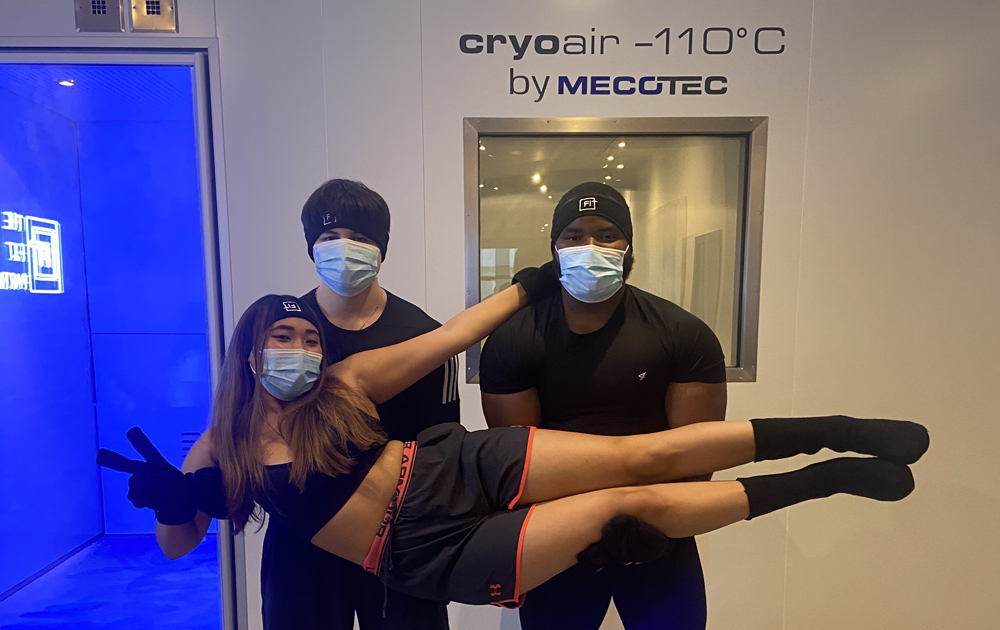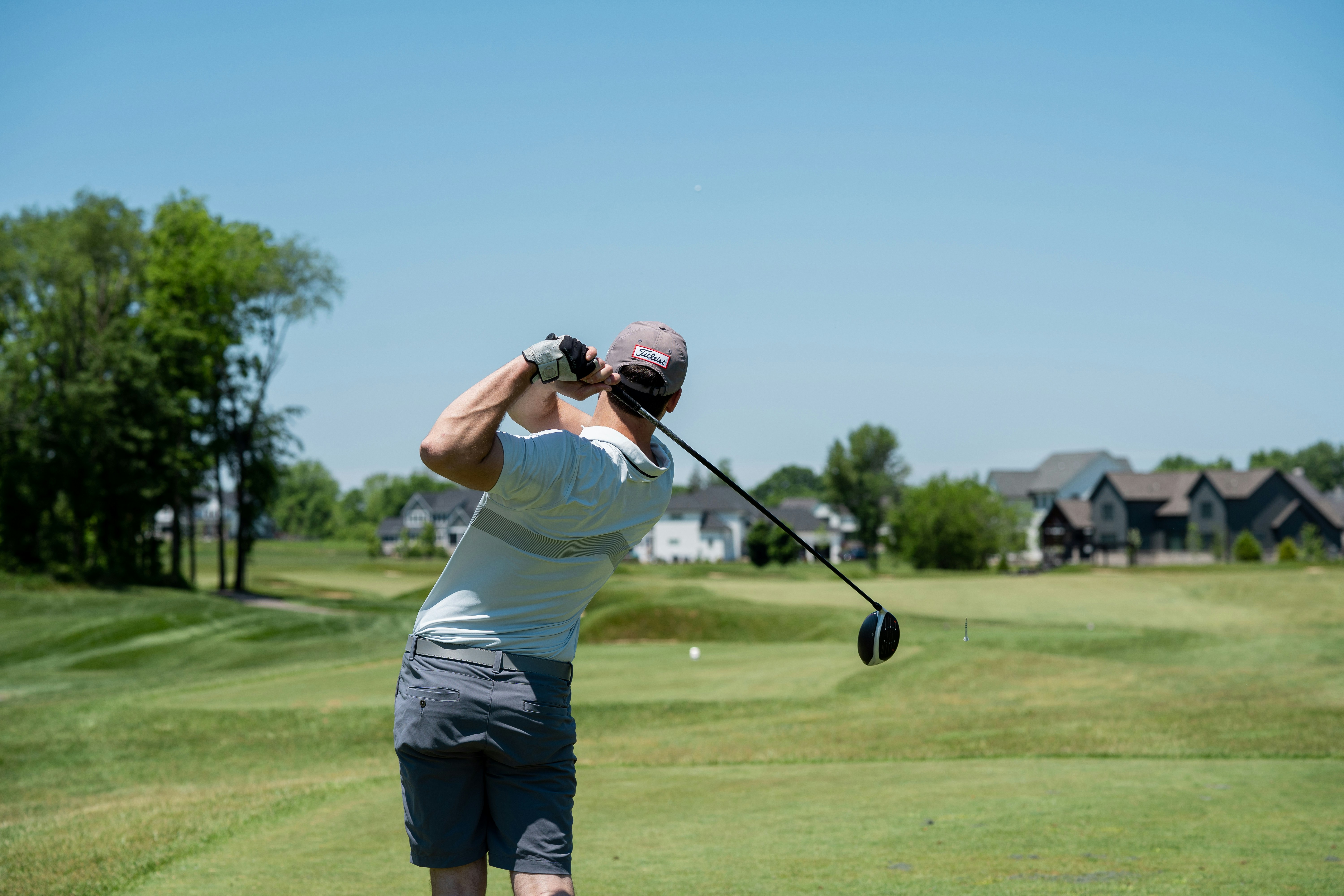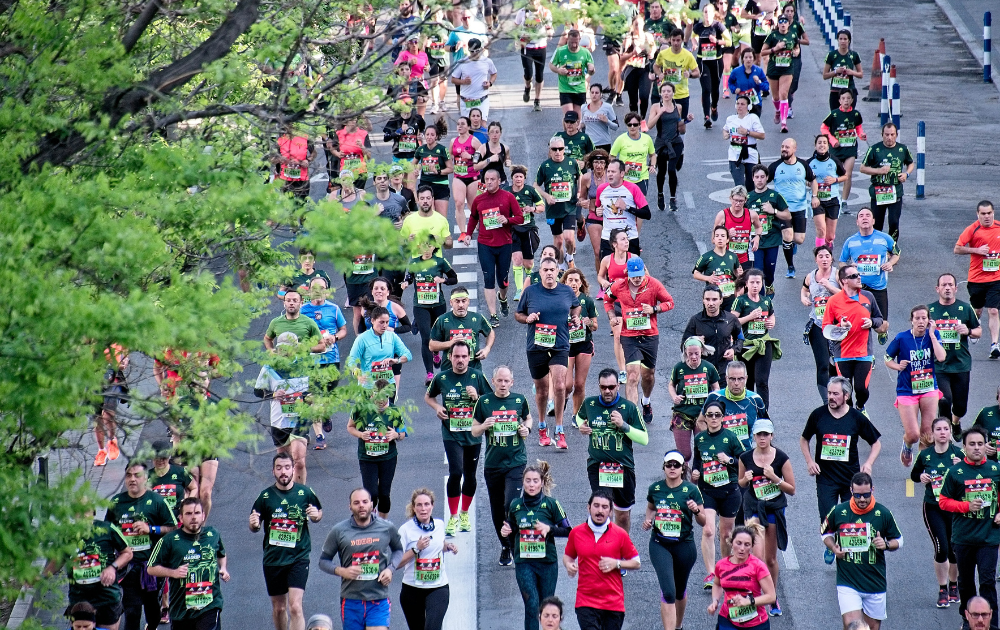What is it?
There are a few definitions of biohacking, but the original was that coined by Dave Asprey: “the art and science of changing the environment around you and inside of you, so that you have full control of your own biology”. Another definition is that of Tim Gray, the UK’s leading biohacker, “leading a natural life in an unnatural world”.
This may still sound a mystery so we can break this down.
The Cambridge English Dictionary defines biohacking as:
scientific experiments with biological material, especially genes, done by people who are not official experts or scientists, either as a hobby or in order to make money or commit crime,
and
attempts to improve the condition of your body and mind using technology, drugs or other chemical substances such as hormones.
Different “biohackers” have different aims. For some, biohacking is about seeking not just the absence of disease, but robust health. Other biohackers aim for longevity: Dave Asprey famously is aiming to live to 180. There are people who identify themselves are biohackers who are interested in “body modifications”: e.g. implanting headphones into their ears.
The biohackers that we most commonly encounter are those looking to optimise their health and longevity via the awesome technologies that we have at The Fit Partnership.
In a way, if one takes it broadly, everyone is a biohacker every time they make a decision to promote their own health (e.g. having a salad instead of chips).
Another way to look at it, is that some days life seems easy, and others days things are more of a challenge. Biohackers notice this and then take it to the next level to make more days good days.
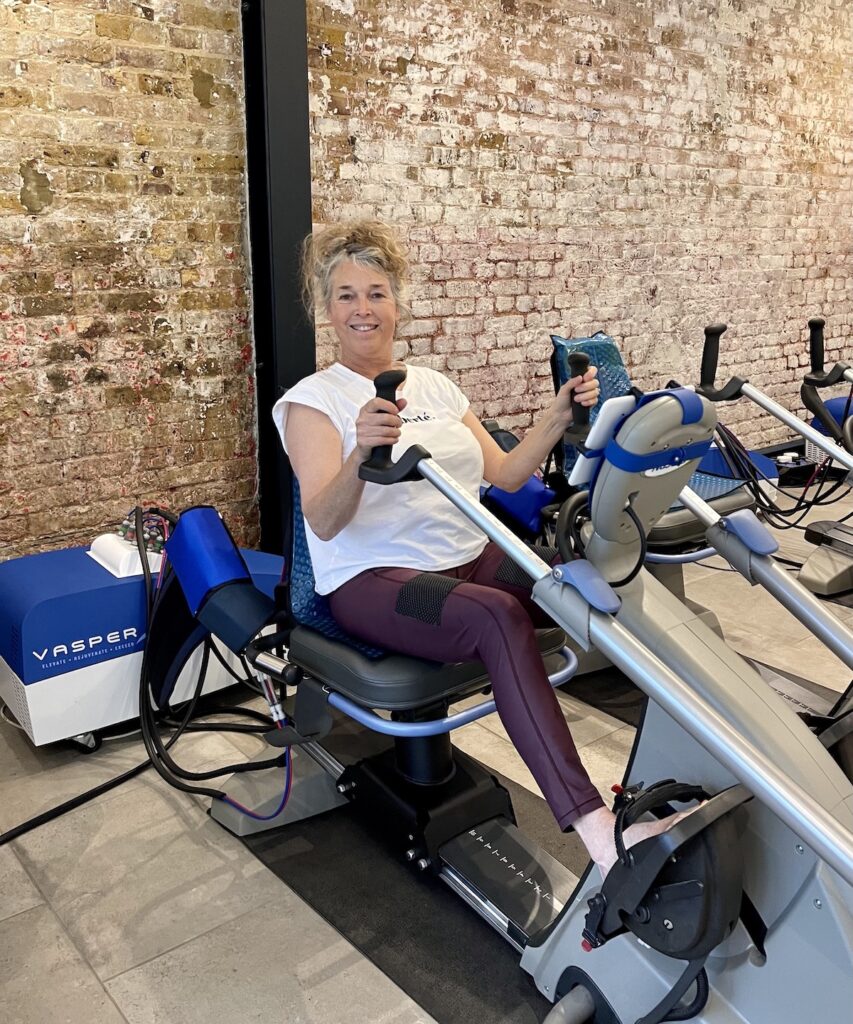
How to do it?
Biohackers often track different variables on the basis that what gets measured gets managed. It allows for better tweaking rather than just hoping to experience differences great enough that they happen to notice them.
There are some basics that should be considered when beginning biohacking:
1) Nutrition
For all that humans are so advanced, there is still minimal agreement about the best form of the human diet.
Biohackers focus on what works for them, not for others. This can involve testing: gut microbiome, food sensitivity, and genetic panels are all available to guide this. But it will also involve some periods of experimentation. For those really looking to optimise their nutrition, some nutrient testing or a period wearing a continuous glucose monitor can really assist with finding what works best.
More advanced biohackers will consider oxygen and carbon dioxide alongside other nutrients. They focus on their breathing so that it is as efficient as possible, allowing their bodies to work even better. This can involve taping their mouths shut at night and doing breathing exercises during the day.
2) Sleep
Sleep is a crucial foundation for everything. Most people have experienced the unpleasant sensations of sleep deprivation at some point in their life, and few regularly get as much sleep as they would like.
Circadian rhythm alignment is crucial in almost all body processes, not just our wake and sleep cycles. While you may not think that the time of day has that big an impact on your function, in recent years it has been established that we have “clock genes” present in almost all cells in our body[1]. For example, insulin production is often decreased in the evening, meaning that late night snacking can be more problematic than eating the same foods earlier in the day.
Biohackers can often be seen wearing blue blocking glasses in the evening to ensure that blue light does not interfere with their body’s melatonin production. Melatonin, often thought of as just a sleep hormone, also plays a role as an antioxidant in the body, perhaps explaining why sleep disturbances can so often cause immune system issues too. They may also spend time in front of red lights in the evening, or first thing in the morning to mimic sunrise and sunset. In addition to the circadian rhythm boost, there is robust evidence that red light can assist with everything from energy levels to reducing inflammation.
In the mornings, they can be found outdoors, exposing their eyes to as much natural light as possible to spike their cortisol production, and give them more energy for the rest of the day. While cortisol is often viewed as: “the stress hormone”, that should be minimised at all costs, its spike in the morning wakes us up and gives us the energy to start the day. Alternatively, biohackers may deliberately spend time in front of bright lights, particularly during winter months, to accomplish the same aim.
Cryotherapy and Vasper use have both been shown to improve sleep quality.
3) Exercise
More is not necessarily better. Biohackers may like exercising for fun, but for most they want it to be efficient and effective. This is why devices like the Vasper are so loved.
Movement is something that our genes expect of us. It has often been said that the best form of exercise is the one that you will stick with, but biohackers may go further. In the quest for longevity, many appreciate the necessity of resistance training to ward of age-related muscle loss. At the same time, high intensity interval training is often recommended for its efficiency, and its ability to promote mitochondrial biogenesis.
There is also a trend in biohacking circles for functional or natural movements. Biohackers may often be the ones wearing barefoot shoes that ensure their feet can move as they evolved to do so.
4) Supplements
For some biohackers, supplements fall under the Nutrition heading. They carefully design their ideal diet, and supplement for areas in which they may otherwise be deficient. For example, if you identify that you have issues with histamine, you may want to reduce your intake of fish: to compensate for this, you may supplement with fish oil.
However, some biohackers are not just looking for the natural: they want the supernatural. This is where we get into the world of pre-workout supplements for boosting athletic performance, and nootropics for improving mental performance and function.
The film, Limitless, brought nootropics like modafinil into the mainstream, but dig deeper and you’ll find brilliant biohackers looking for substances that can give you those performance benefits, without any negative side effects.
There are a multitude of different supplements promising exciting benefits. But it is always worth doing your own research, questioning how a supplement will fit into the rest of your life, and making sure that you source them carefully.
5) Stress Management
Although some elements of stress management will fall under other sections, this is still something that biohackers are often keen to master. Life happens but the effects of stress on the body can be so profound and far-reaching that it is something worth managing as much as possible.
Meditation is a common practice. The extent to which it has been linked with beneficial epigenetic changes that can be passed to future generations, and the ease with which it can be done, mean that making it a regular practice is often a no-brainer.
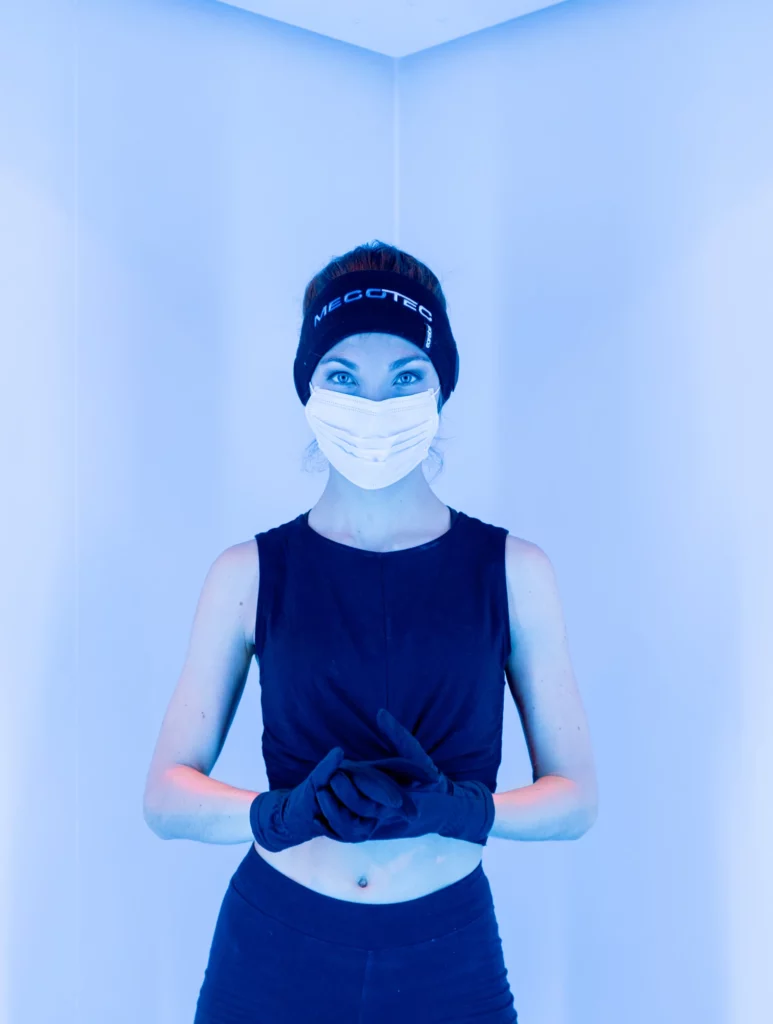
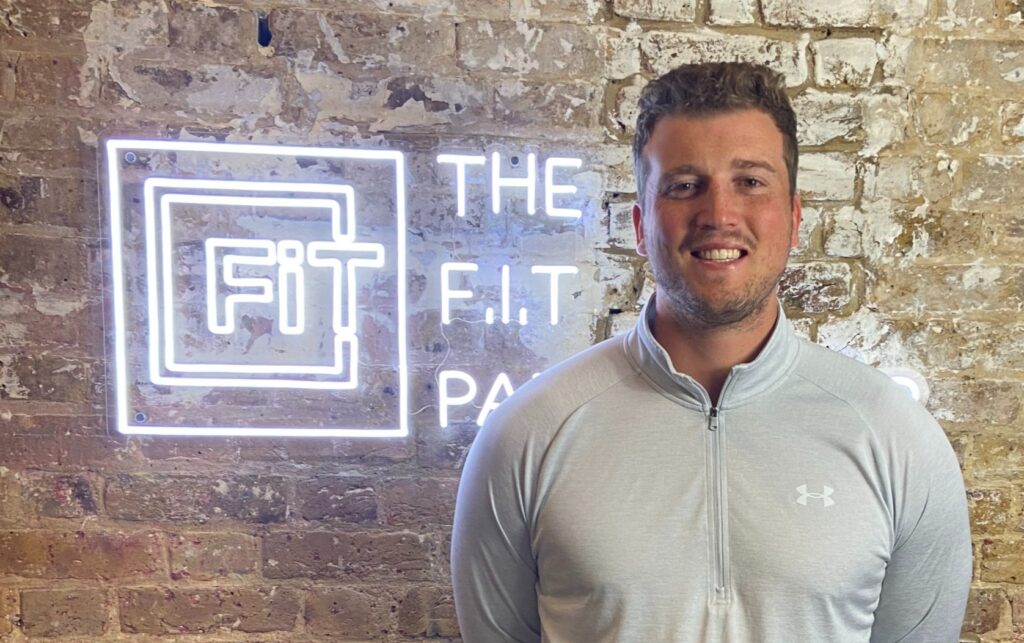
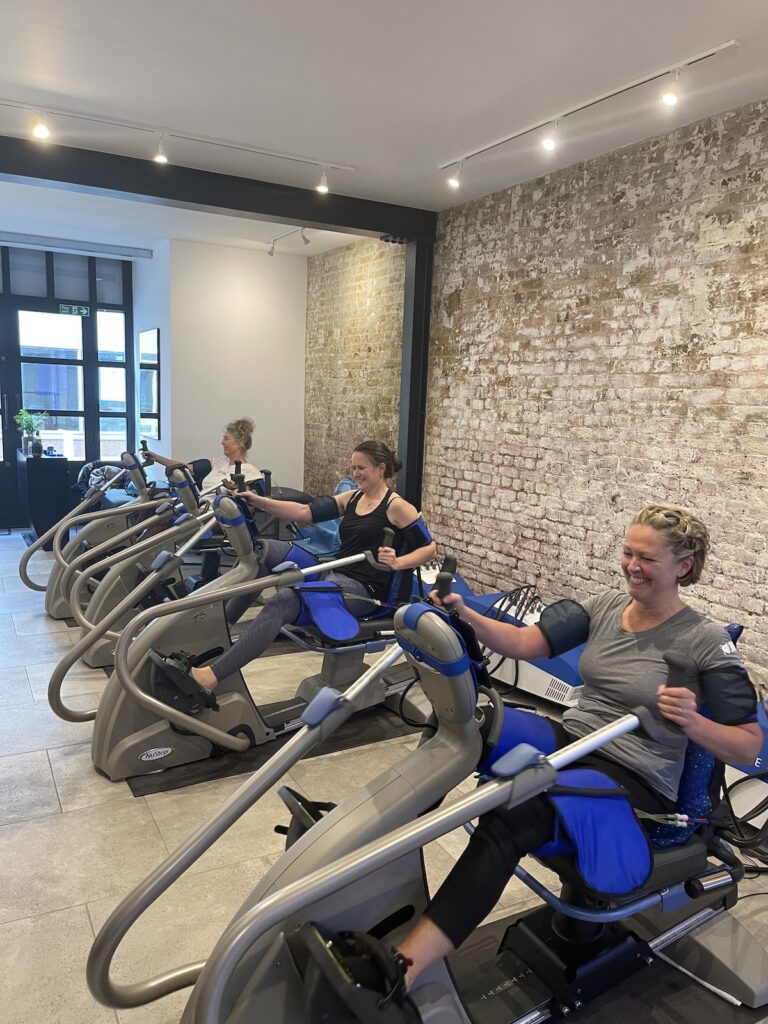
Where to start?
It is easy to get overwhelmed when first looking into biohacking, or making healthy living choices in general. Dave Asprey is keen on saying that it is more effective to first stop your negative behaviours, before beginning positive ones, which does make sense.
As you feel better, it becomes easier to do more difficult things. For example, it is easier to go to the gym when you have more energy, because you have prioritised getting an extra hour’s sleep, than it is to drag yourself to the gym when you’re exhausted because you’re sleep deprived.
It will probably be apparent by now that we are delighted to chat about biohacking, and how any of the awesome technologies we have at The Fit Partnership can fit into your routine, so do get in touch.
[1] https://pubmed.ncbi.nlm.nih.gov/12452483/

